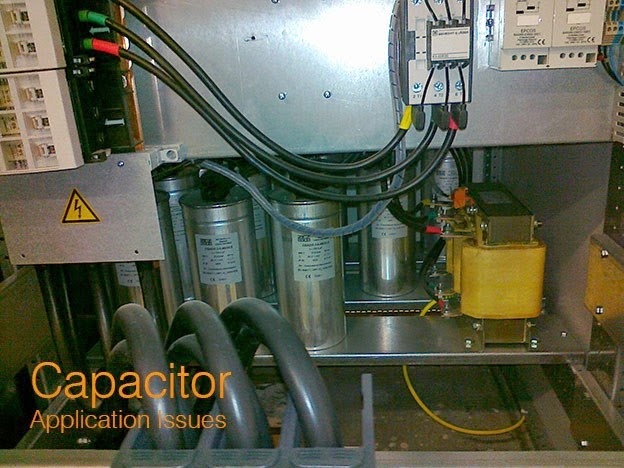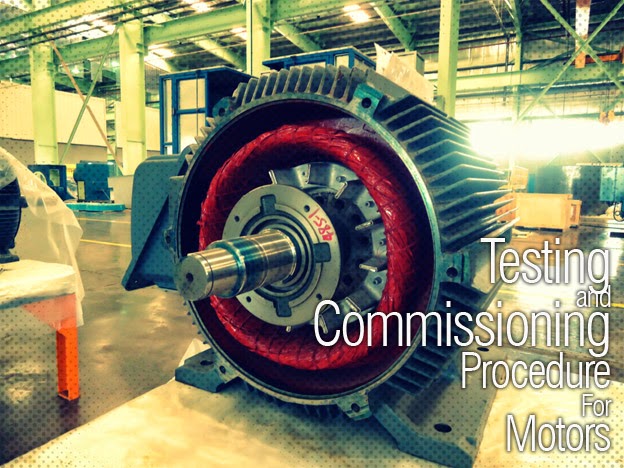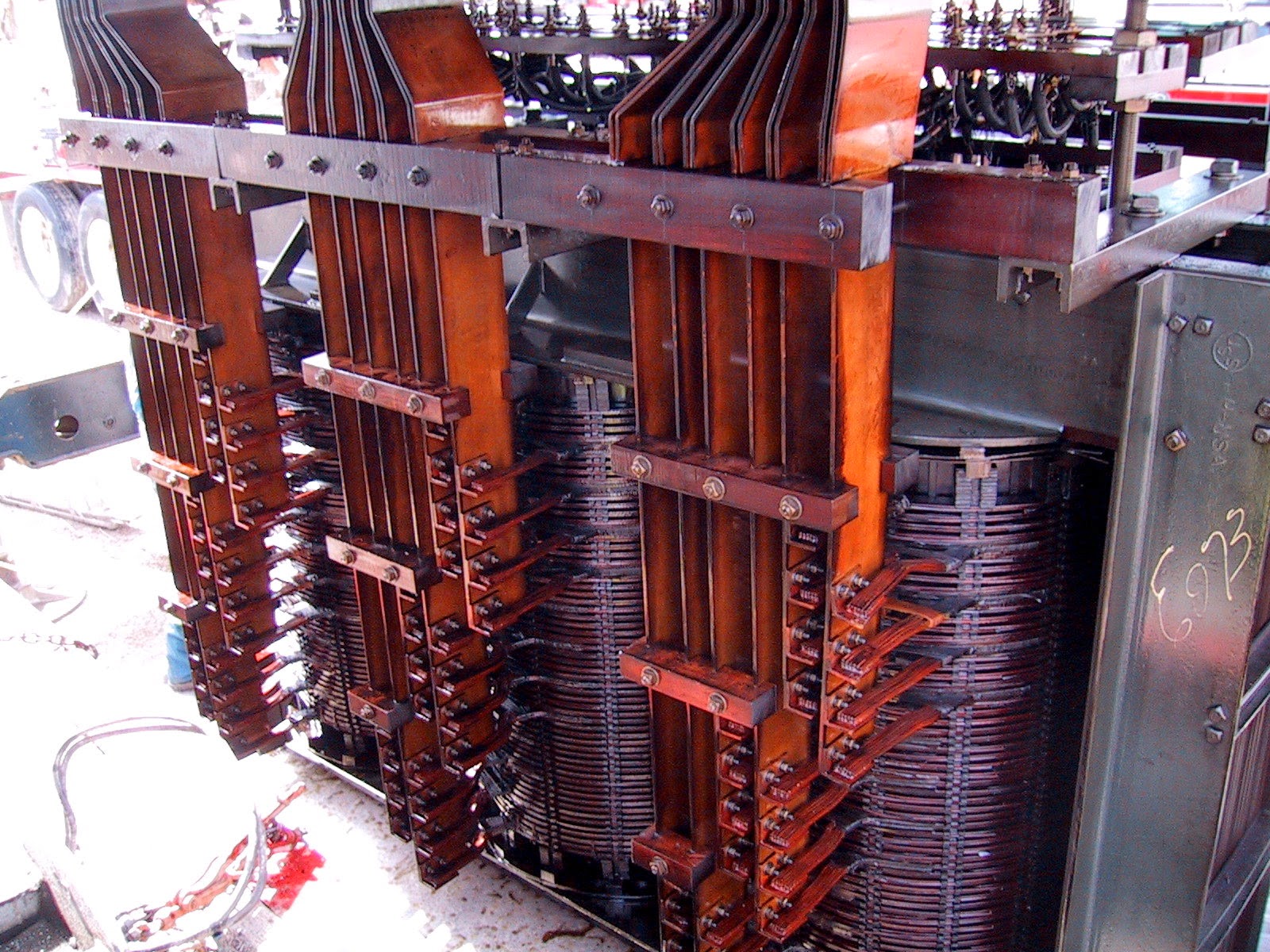Ans. Energy resources
are categorized in two groups conventional and non conventional. Available resources worldwide for electrical power
generation are enlisted below:
Conventional Sources:
- ü Coal
Energy.
- ü Hydel
Energy.
- ü Diesel
Energy.
- ü Gas
Energy.
Non-Conventional Sources:
- ü Solar
Energy.
- ü Wind
Energy.
- ü Biomass
Energy.
- ü Ocean
Energy.
- ü Nuclear
Energy.
- ü GeoThermal
Energy.
Some sources
of energy are renewable like sun, wind, flowing water, ocean, wood, biomass
etc. Some sources of energy are non renewable like coal, petroleum and natural
gas.
Energy sources available in Pakistan are:
Thermal
Energy
Thermal Energy is
the oldest type of energy. With all known history available, Wood was always
used for heating and cooking. In 2nd world war fossil fuels entered in the form
of coal to get the energy, until liquid fuels were discovered and because of
their convenience of transportation they took over as major contributors of the
energy source.
1.COAL
Pakistan has huge
reserves of coal which can be used to overcome the problem of energy crises in
the country . The government of Pakistan is making hectic efforts to introduce
the coal usage in the industrial sector. The machinery for these units is
totally exempted from import duties and taxes. A coal based power plant of
150MW has been set up in the interior sindh.
1. NATURAL OIL
Oil is one of the most important sources of
energy throughout the
world and its importance is increasing day by day. many wars are
being fought just tov get the reserves of the oil..the government of
Pakistan is making sincere efforts to find out new oil fields in the
country .the policy is to attain self sufficiency in oil because oil as a
source of energy is expensive if it is imported from other countries and
it greatly increases the import bills of the country, at present the
generation capacity of electricity through oil is 12340MW
2. Natural Gas
Natural gas is
also a precious gift of Allah to our country.
huge deposits
of natural gas has been discovered in many parts of Baluchistan and
sindh. Natural gas is a cheap sources of energy in comparison to oil
and it can also play a great role in the industrial sector because it is
used as a raw material in many industries like fertilizers cement and
plastics etc.
Hydel Energy:
In Pakistan hydel energy is usually generated
through waterfalls (dams).there are many dams in the country which play a great
role in the generation of electricity for household, business and industrial
sector. since independence huge amounts have been allocated for the development
of hydel energy as it is a main source of electricity generation in the country
as a result of this the generation of electric power through hydel energy has been
increased from 68MW to 6555MW .
Nuclear Energy:
The importance of nuclear energy as a source
of electricity generation is increasing very rapidly throughout the world as
many developed as well as developing countries are making use of nuclear enery
to generate electricity. the main fuel which is required to run the nuclear
reactor is called uranium.with the grace of all mighty uranium is found in
excess in Pakistan. at present there are two nuclear electric power generation
plants in Pakistan namely Karachi nuclear power plant and chasma nuclear power
plant.
Bio Gas
It
is produced from animal and plant wastes although it is a very cheap source of
energy but it can not be used on the large scale like the solar and wind
energy. However it can be utilized very well in the rural areas as 72% of our
population live in villages they make the best use of this source of energy .
Wind
Energy:
Wind energy is a
very cheap source of generating power in windy areas, the windmills can be used
for supplying electricity on a small scale the windmill can be used for pumping
water for crops, grinding corn, crushing sugar cane, thrashing, cutting of wood
etc. at present there are four mechanical wind pumpers and one wind power generation
system has been set up. Wind energy in Pakistan is in its developing stage.
500MW wind mill has been established near jhampir side (windy area in Pakistan). Majority of Pakistanis are
prone towards this type of the source in order to get electricity from an ample
source available in nature.
Solar
Energy:
The sun provides
170000MW of power to earth on daily basis the sunshine can also be used a cheap
source of energy many developed countries as well as developing countries are
now making use of the solar energy in order to fulfill their energy demand as
it is a very cheap and easily available source of energy. Many steps have
been taken to boost solar energy in
Pakistan by installing solar panels at various public places and institutes.
















































